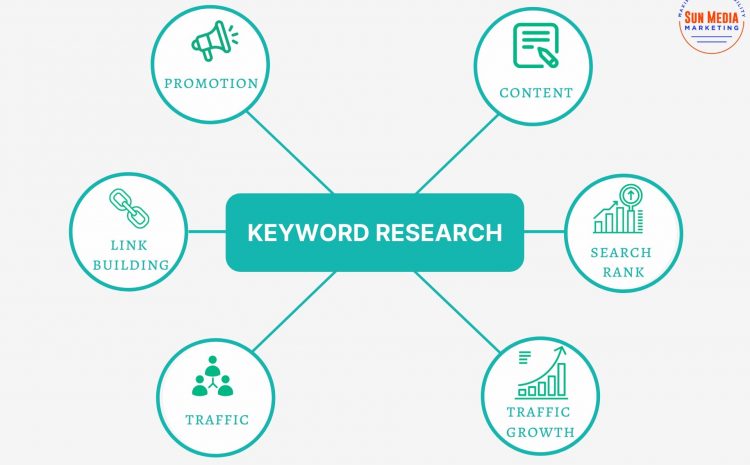Introduction: The Startup That Almost Gave Up
Two college friends, Mia and Arman, had a brilliant idea for a mobile app that used AI to track personal health habits using machine learning—something only Python could handle smoothly. But there was one big problem: neither of them could code.
They searched for developers but were shocked by high local rates. That’s when they discovered outsourcing.
They hired a remote Python development team overseas, thinking they hit the jackpot. Fast-forward three months: missed deadlines, broken features, and thousands of wasted dollars. They almost gave up.
Luckily, they learned from their mistake and hired a reputable, well-reviewed Python development team—this time with a clear vetting process. Six months later, their app was live and trending on Product Hunt.
The truth is, outsourcing can be a game-changer—but only if you follow the right steps.
Why Outsourcing Python Projects Is on the Rise
Outsourcing isn’t new, but it’s booming in the tech world.
– According to Statista, the global IT outsourcing market is expected to hit $777.8 billion by 2028, up from $430.5 billion in 2023.
– Python remains one of the top programming languages, ranked #1 in the TIOBE Index as of June 2025, thanks to its role in AI, automation, and web development.
So it’s no surprise companies—from startups to enterprises—are increasingly outsourcing Python-based solutions.
Benefits of Outsourcing Python Development
Before diving into the best practices, let’s explore why businesses choose to outsource Python projects:
- Cost Efficiency
Hiring in-house developers in countries like the U.S. can cost upwards of $120,000/year per developer. In contrast, experienced developers from regions like Eastern Europe or South Asia can charge $25–$50/hour without compromising quality.
Source: Glassdoor, Arc.dev salary data. - Faster Time-to-Market
Outsourcing gives you access to teams that are ready to start right away, which means you can develop and launch your product 30-40% faster than with internal hiring. - Access to Global Talent
A broader talent pool means you can find experts in Django, Flask, Pandas, or TensorFlow—whatever your Python stack needs.
Best Practices for Choosing the Right Outsourced Python Team
Define Your Project Scope Clearly
Before hiring anyone, write a simple document that explains:
– What your product does
– Key features you want
– Timeline and budget
– Technologies required (e.g., Django for web, NumPy for data)
Check Technical Expertise and Portfolio
Look for a team that specializes in Python—not just general developers. Ask:
– Have they built similar projects?
– Can they explain their approach clearly?
– What Python frameworks are they strong in?
Pro Tip: Use GitHub, Clutch.co, or GoodFirms to view their client feedback and real examples.
Start Small: Use a Paid Trial Task
Instead of jumping into a full contract, assign a mini project or module. This lets you assess:
– Code quality
– Communication style
– Adherence to deadlines
Ensure Clear Communication Channels
Time zones and language barriers can ruin good code. Make sure:
– They use tools like Slack, Jira, or Trello
– You have weekly video check-ins
– There’s at least a 2-3 hour overlap in work hours
Fact: According to McKinsey, companies with strong communication strategies are 3.5x more likely to outperform competitors.
Ask About Testing and QA Process
Don’t assume they’ll test the code properly. Ask directly:
– Do they use automated testing?
– Who handles bug fixes?
– How do they ensure code is clean and scalable?
Discuss IP Protection and Security
Always sign:
– Non-Disclosure Agreement (NDA)
– Service Level Agreement (SLA)
– Source Code Ownership Agreement
Did you know? In a Deloitte survey, 60% of businesses cited data security as a top concern when outsourcing.
Red Flags to Watch Out For
🚩 They say yes to everything.
Good teams suggest improvements, not just nod along.
🚩 No clear pricing model.
Beware of vague ‘we’ll see as we go’ pricing.
🚩 Poor English or unclear updates.
This often leads to miscommunication and wasted effort.
Final Thoughts: Trust, But Verify
Outsourcing your Python development can save time, reduce costs, and scale your ideas—if done right.
The key is treating it like a partnership. Don’t chase the cheapest bid. Look for experience, transparency, and alignment with your goals.
Remember Mia and Arman? Their second outsourced team turned their vision into a thriving business. Yours can too—with the right team by your side.
Sources
- Statista: Global IT Outsourcing Market Forecast—https://www.statista.com/outlook/tmo/information-technology/it-outsourcing/worldwide
- TIOBE Index: Top Programming Languages June 2025 – https://www.tiobe.com/tiobe-index/
- Deloitte Survey on Outsourcing Trends
- McKinsey: Communication and Productivity in Tech Teams – https://www.mckinsey.com/
- Glassdoor & Arc.dev: Developer Salary Benchmarks
Outsourcing Python Development
Outsourcing Python development involves hiring third-party developers or teams to handle your software needs. This is a cost-effective approach for startups, SMEs, and even enterprises needing rapid development without full-time hires.
Python is particularly suited for outsourcing because of its simplicity, scalability, and the abundance of developers worldwide familiar with frameworks like Django, Flask, and FastAPI.
Defining Your Project Scope and Requirements
Clearly outlining your goals is the first and most critical step. This should include:
– A problem statement or product vision
– List of core features (e.g., authentication, data analytics, API integration)
– Expected user base and load capacity
– Milestones and delivery timelines
The better you define your project, the easier it will be for a Python development team to deliver quality results.
Evaluating Outsourcing Models and Engagement Types
There are several outsourcing models to choose from:
– **Fixed Price:** Good for clearly defined small projects
– **Time and Materials:** More flexibility; ideal for evolving projects
– **Dedicated Team:** A long-term partnership model with a team committed to your company only
Your choice should depend on your budget, flexibility, and how defined your requirements are.
Assessing Technical Expertise and Domain Experience
Don’t just hire based on general experience—look for domain-specific knowledge. If you’re building a fintech app, for example, make sure the team has worked on secure financial platforms before.
Ask for case studies, GitHub profiles, and technical interviews. A strong Python developer should also be comfortable with tools like Docker, Git, and CI/CD pipelines.
Ensuring Security, Quality, and Communication
Security and code quality should be built-in, not added later. Ask about:
– Secure coding practices (e.g., SQL injection prevention)
– Code review and QA automation
– Encryption standards for user data
Also ensure clear communication through tools like Slack, Google Meet, and Jira. Good outsourcing teams report progress regularly and transparently.
Onboarding Your Remote Python Team
Once hired, don’t assume the team can run without direction. Spend time onboarding them:
– Share your business vision
– Provide access to repositories and documentation
– Set up regular sync-up meetings
– Define who’s responsible for what on both sides
Effective onboarding reduces misunderstandings and speeds up delivery.
Managing the Partnership and Scaling Over Time
Treat your outsourced team like an extension of your company, not a temporary vendor.
– Use KPIs to track performance (delivery speed, bug rate, user feedback)
– Celebrate key milestones together
– Provide ongoing feedback and iterate together
As your product grows, consider scaling the team gradually and assigning senior devs to oversee project continuity.


